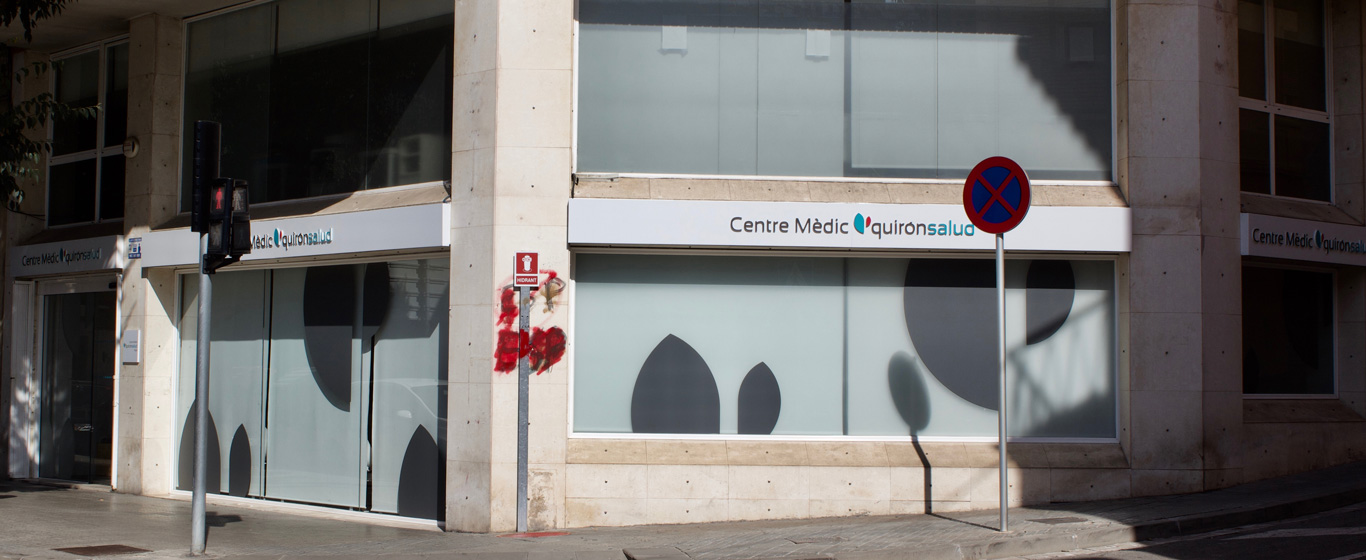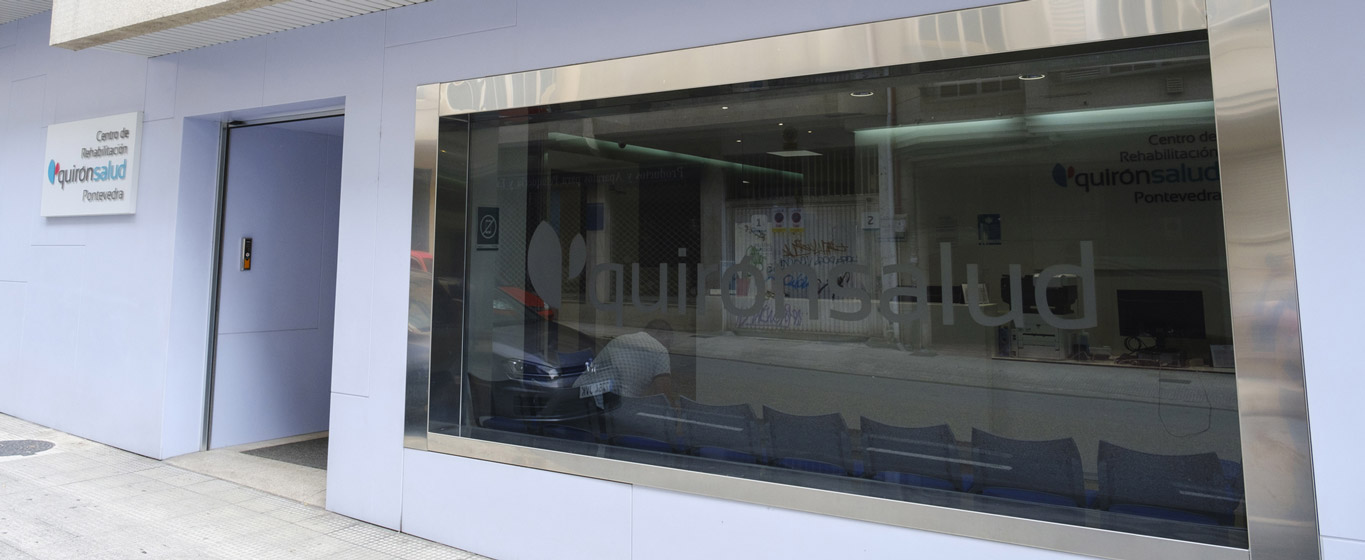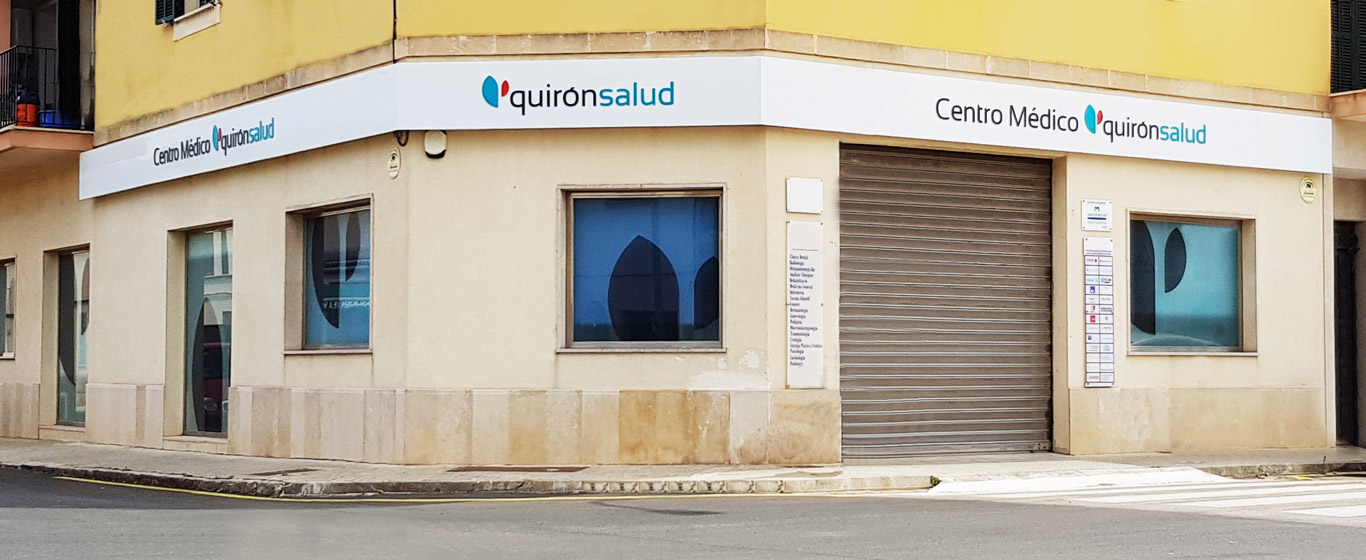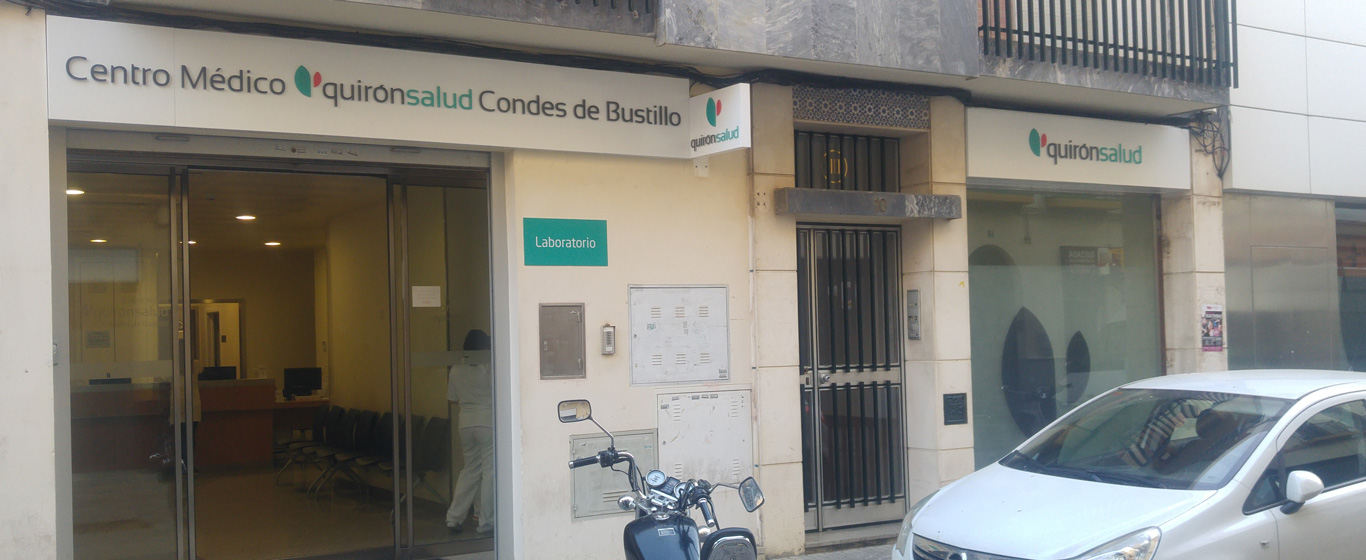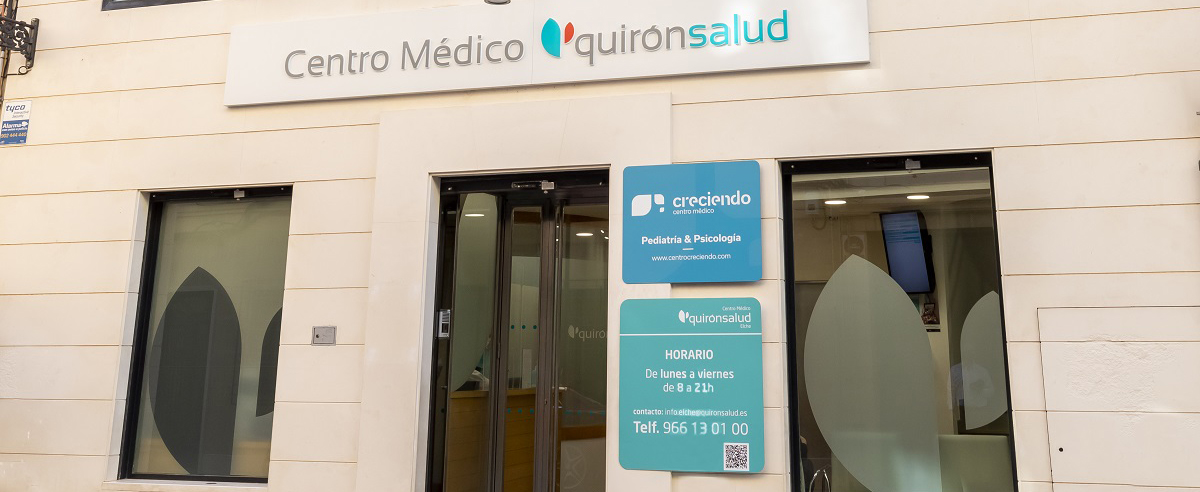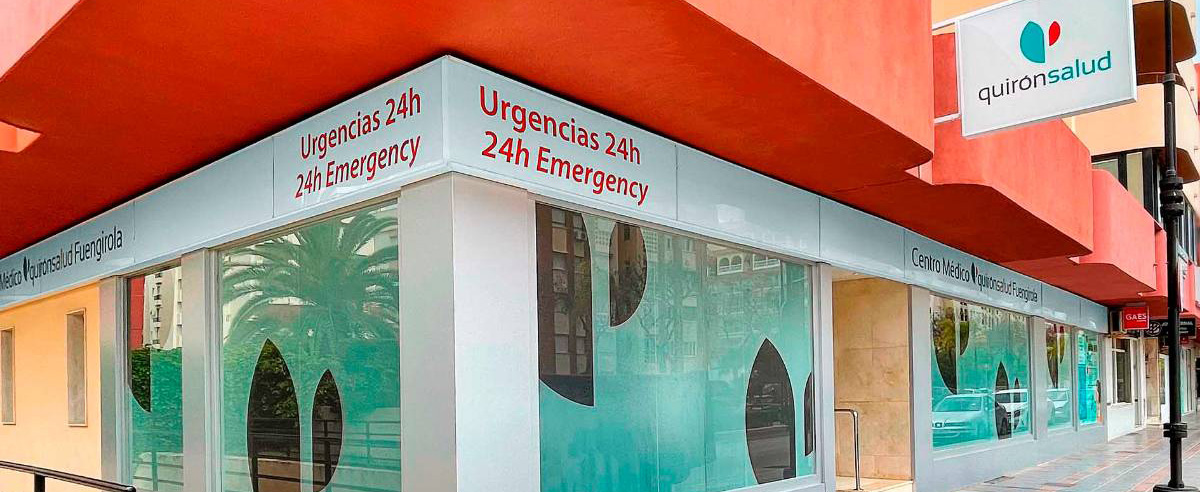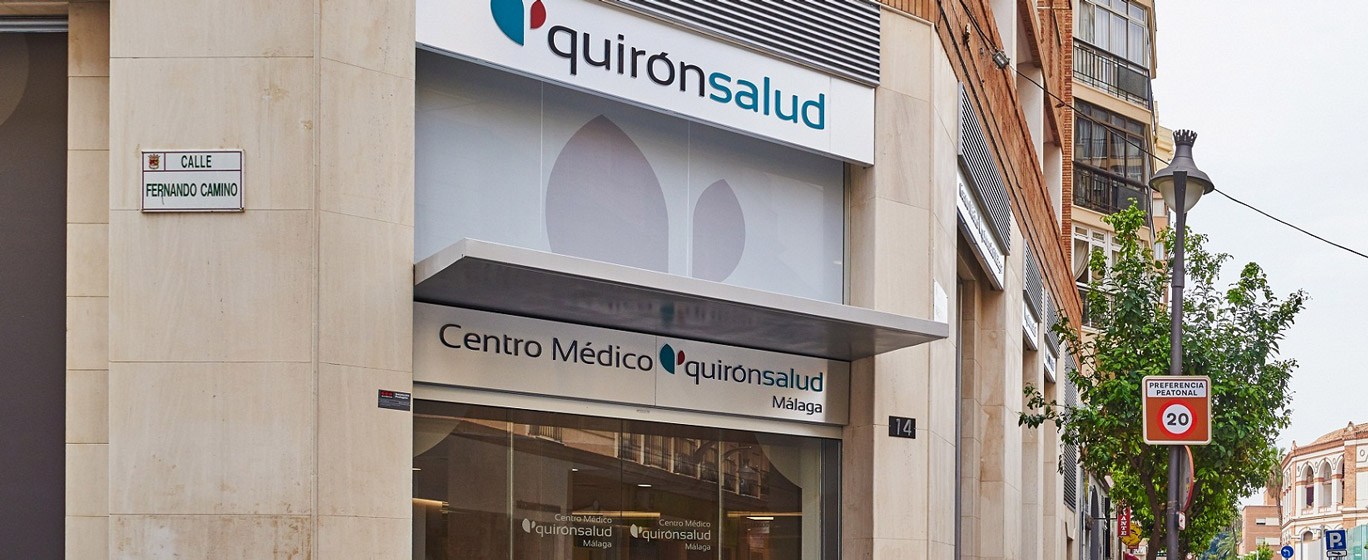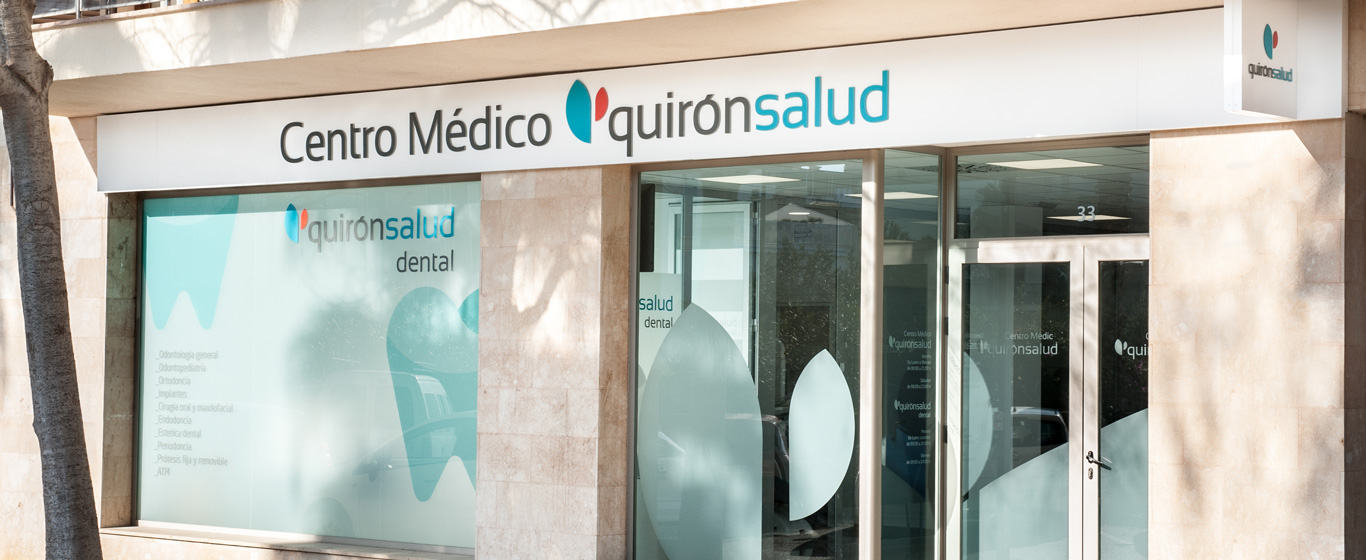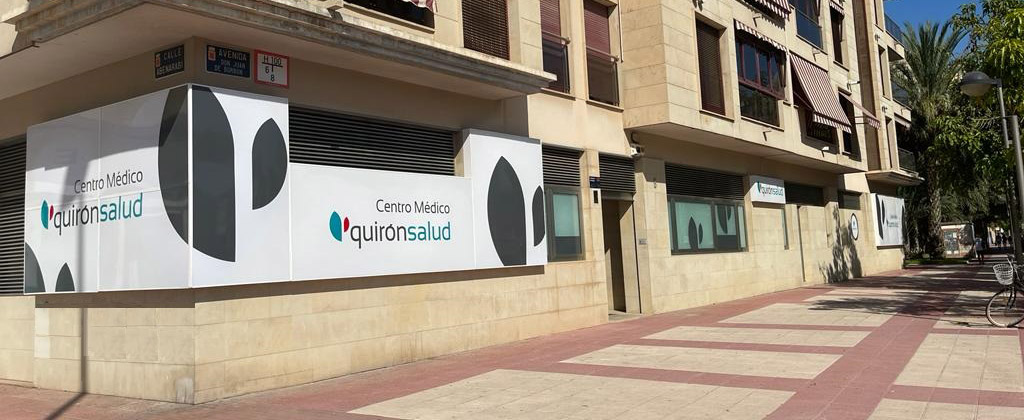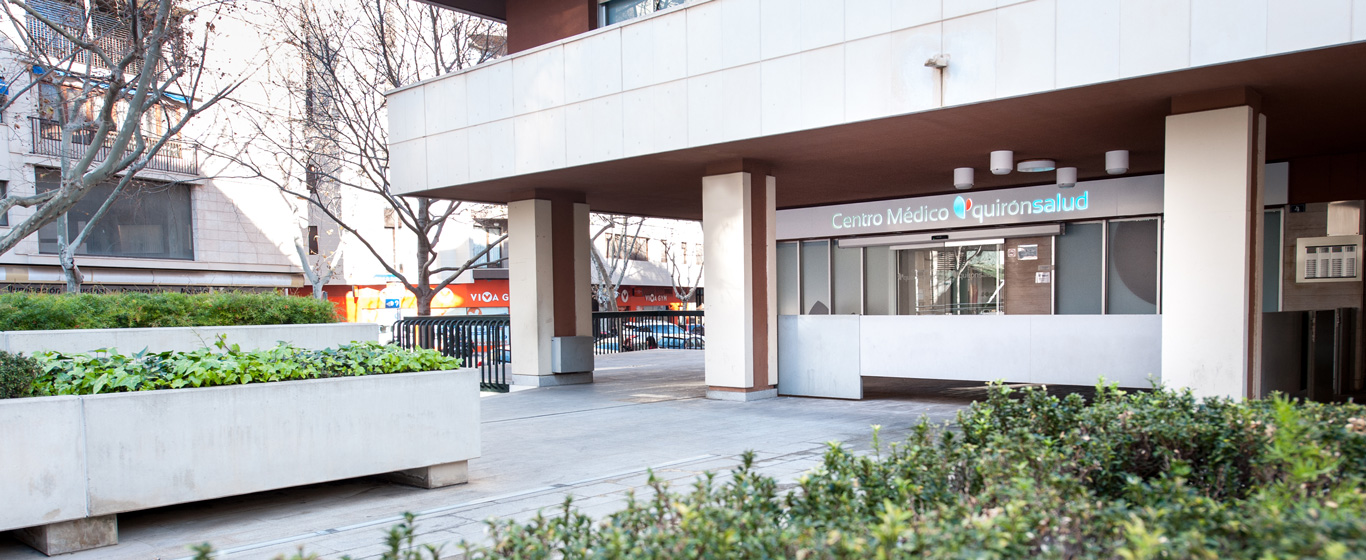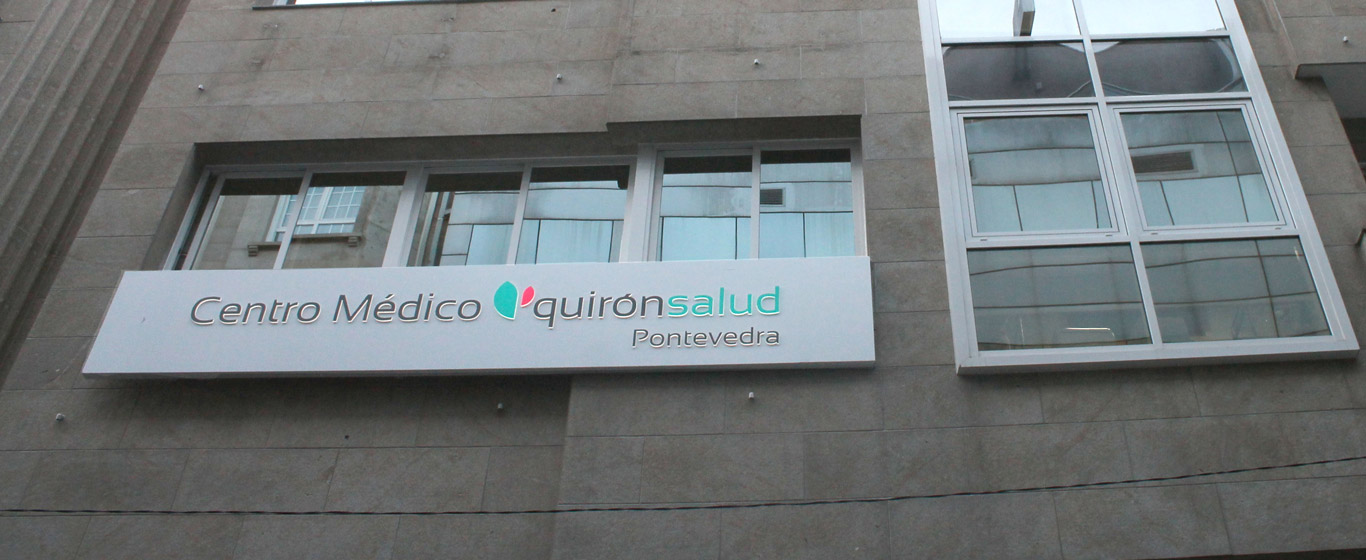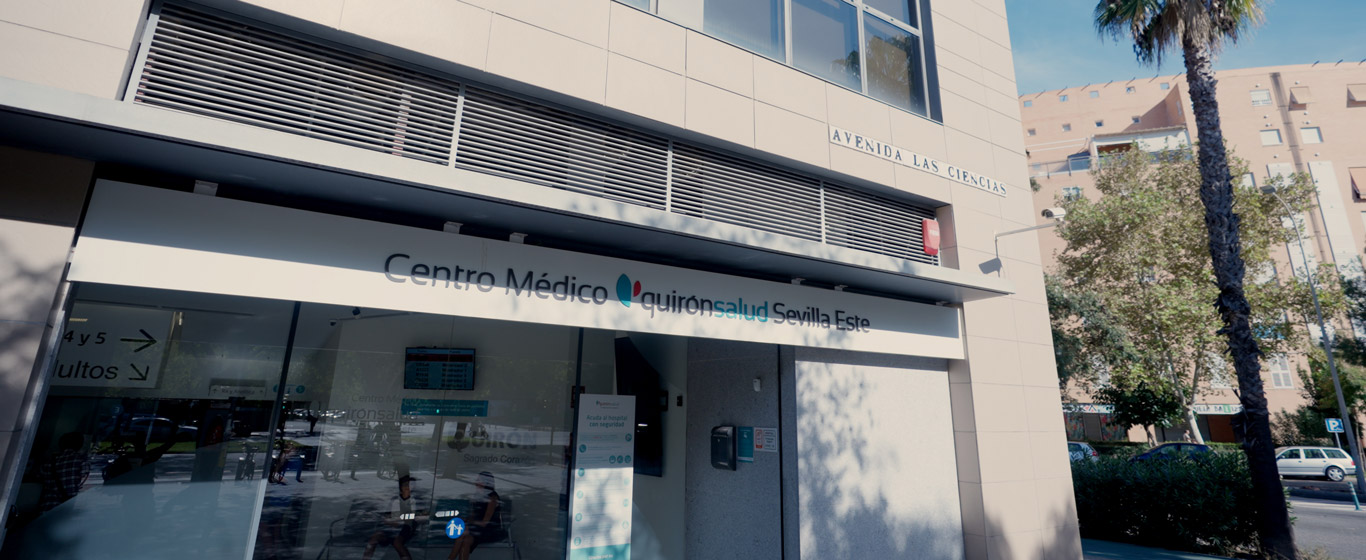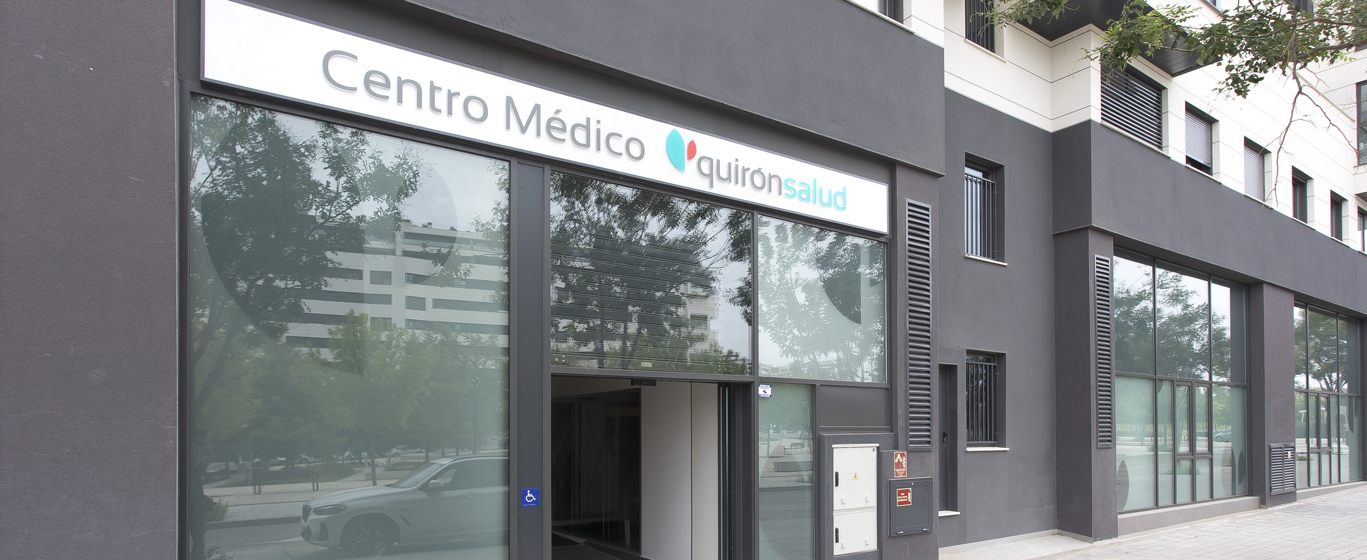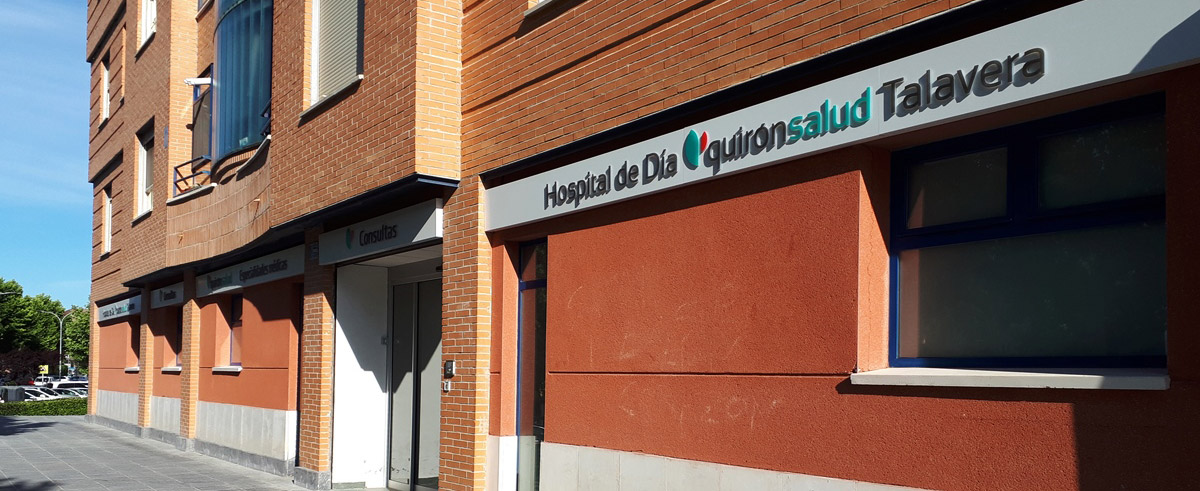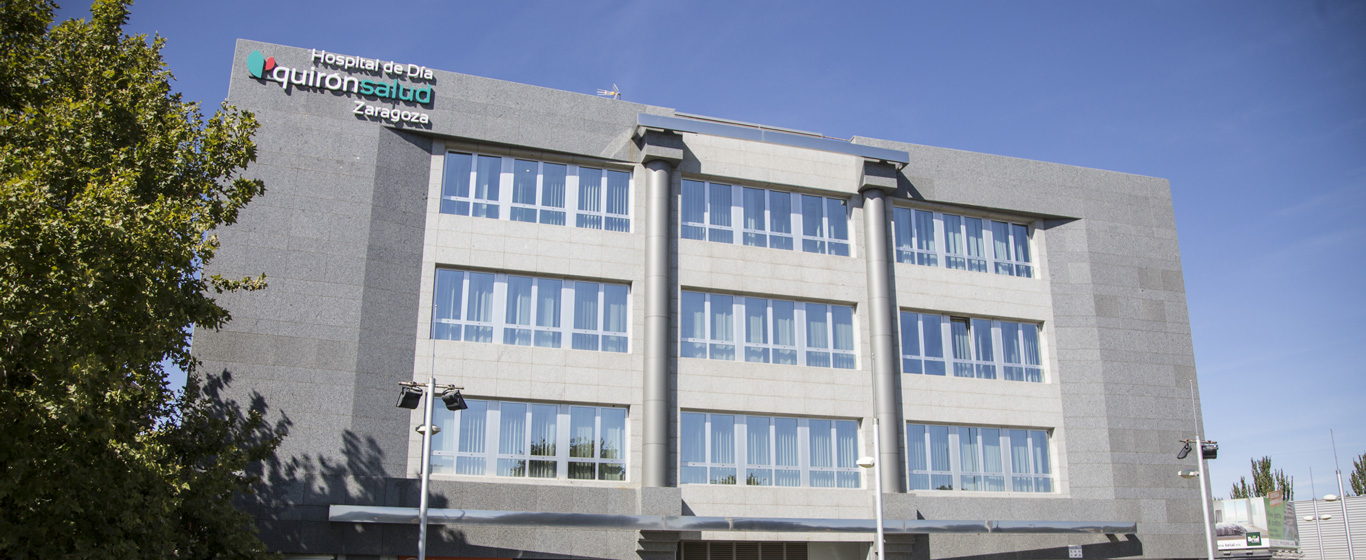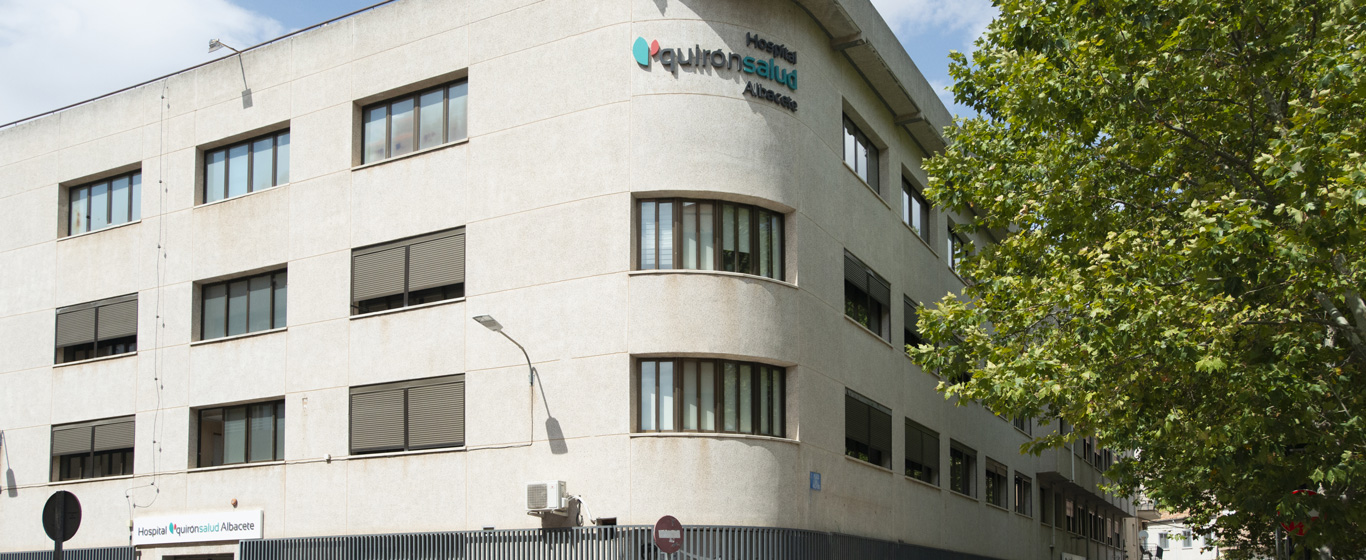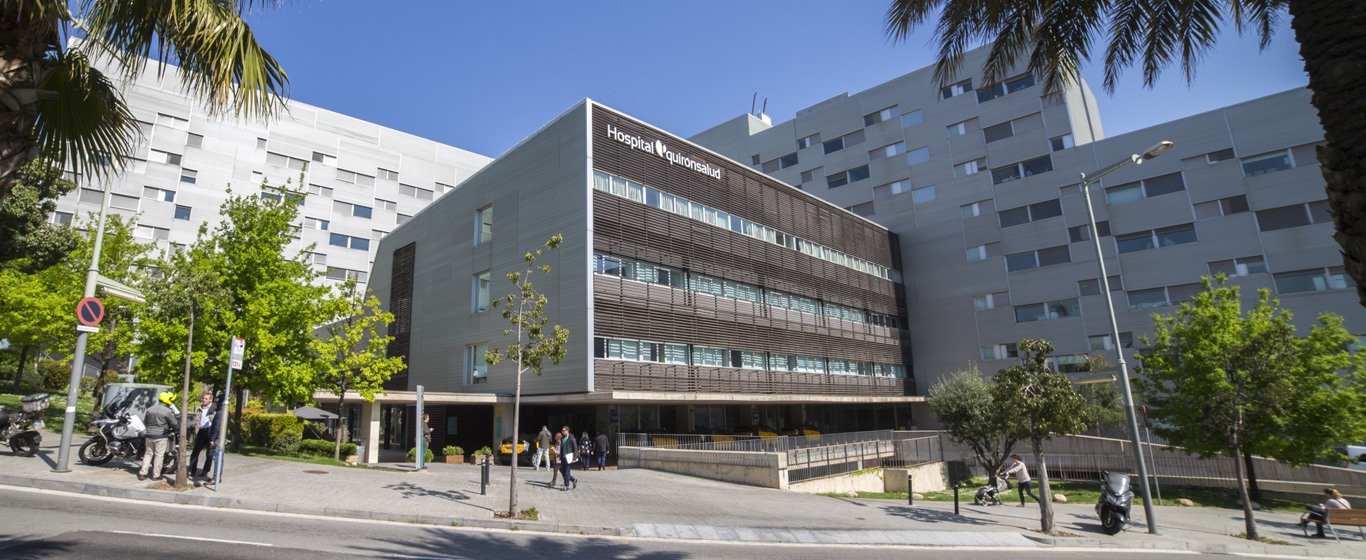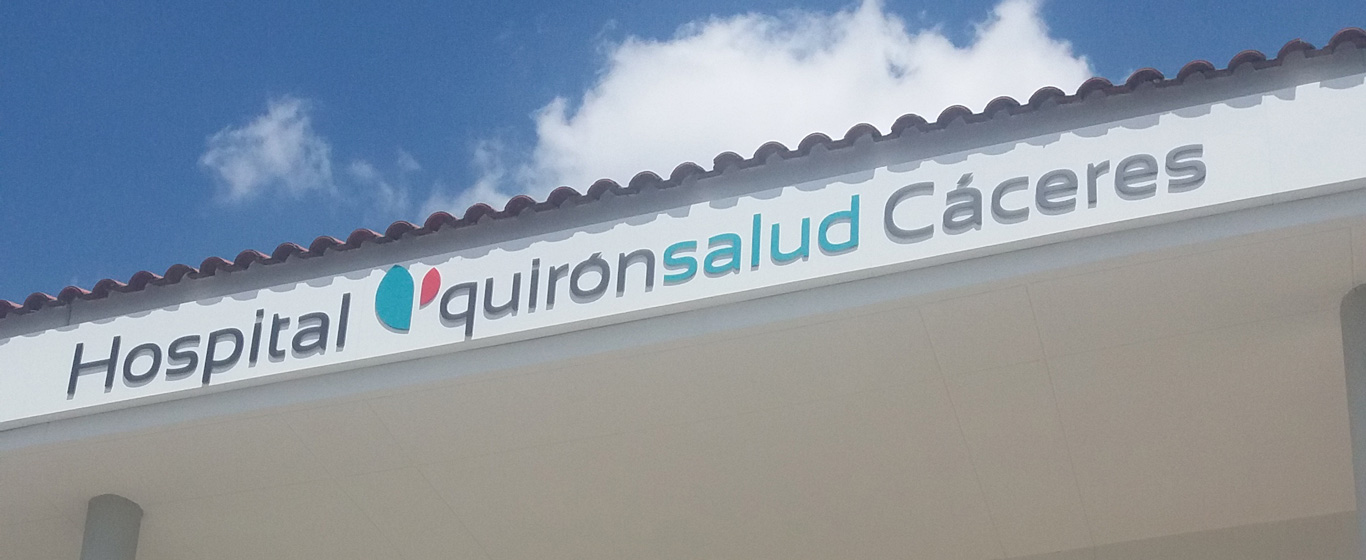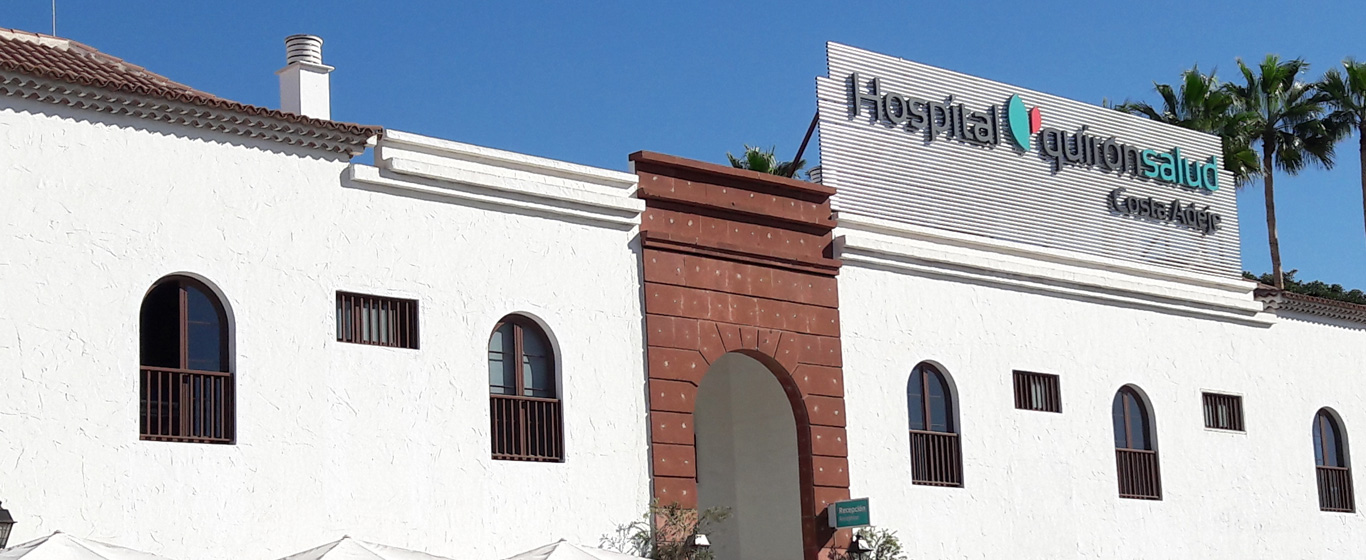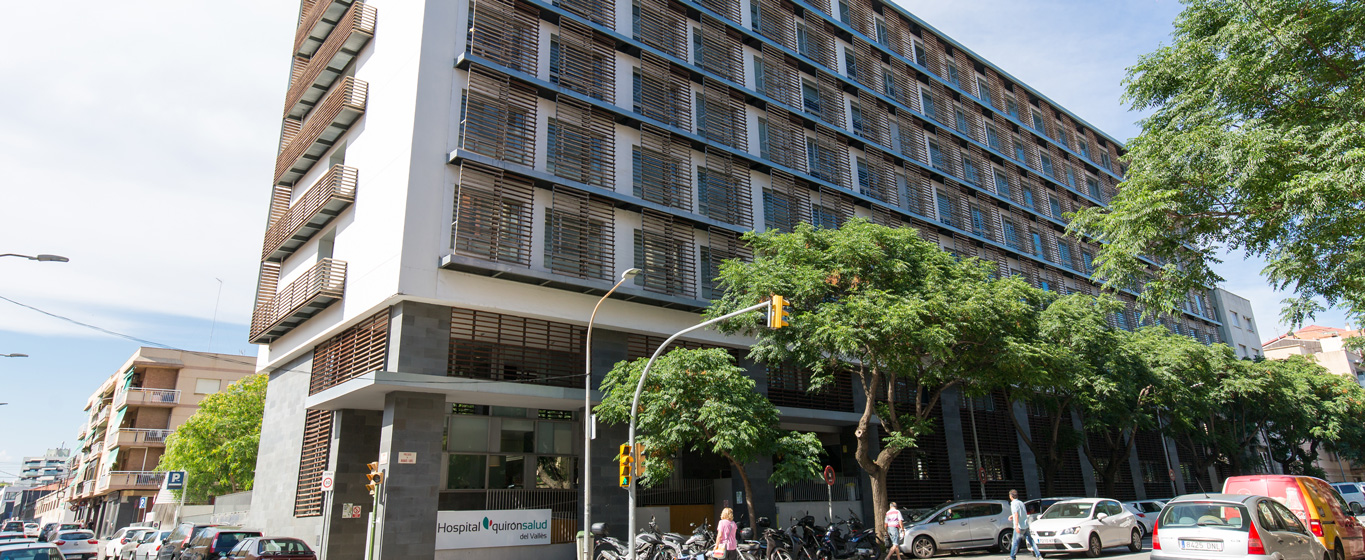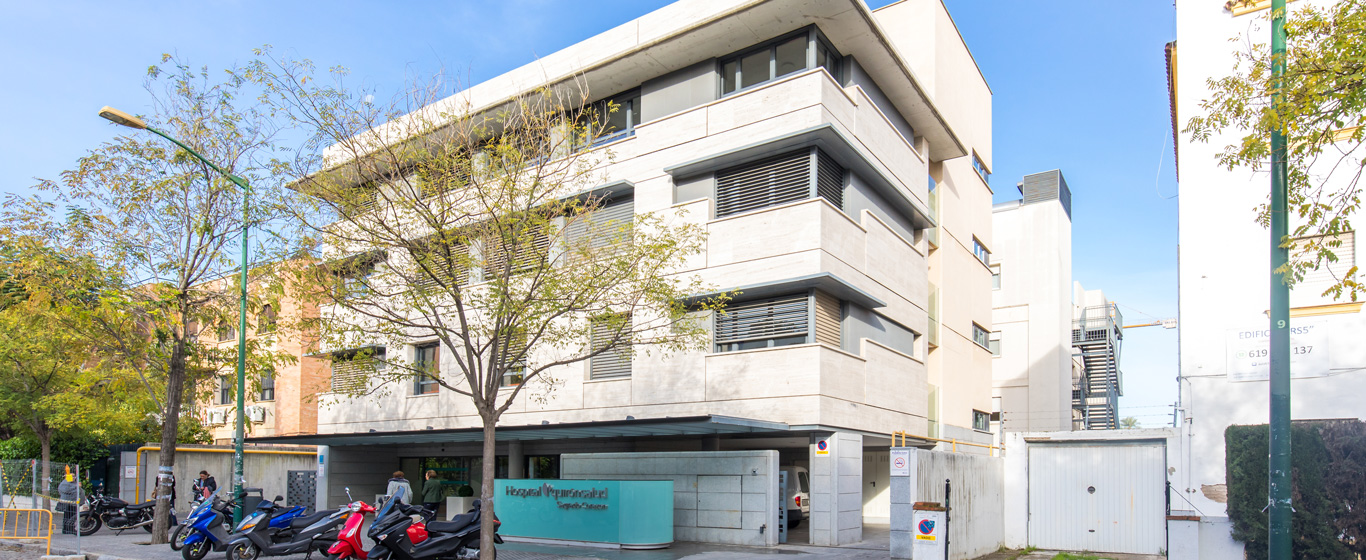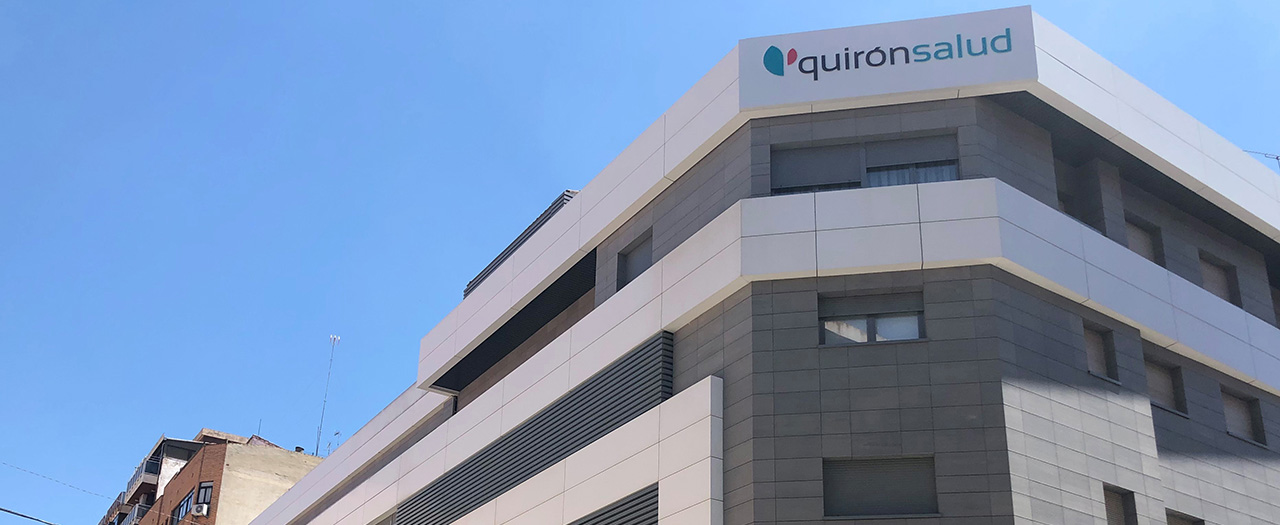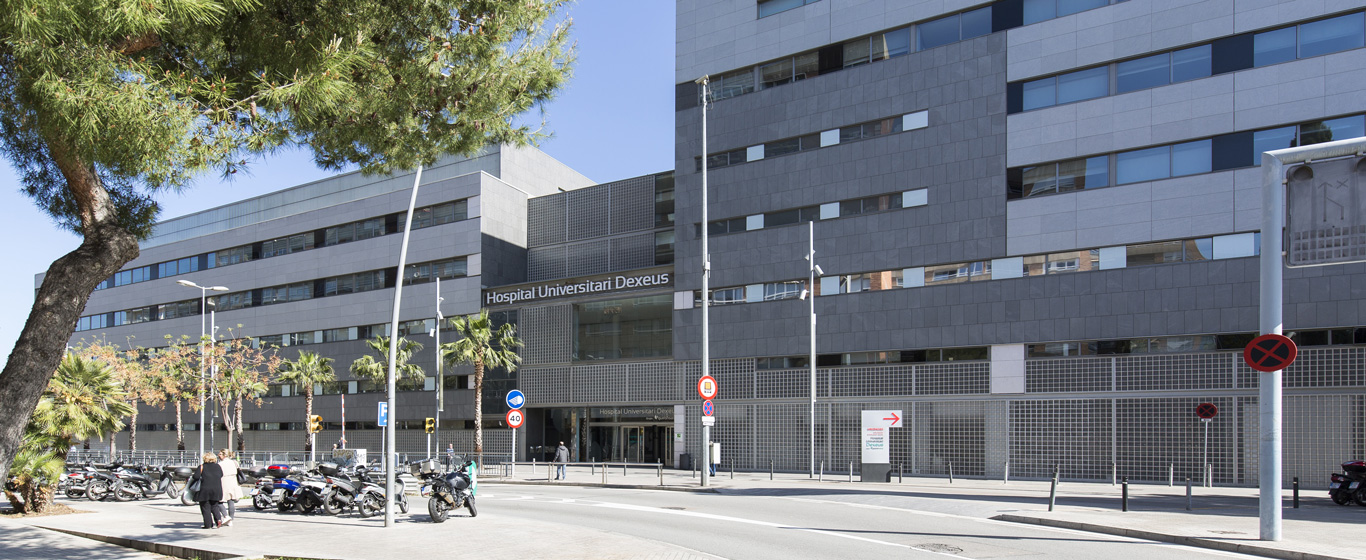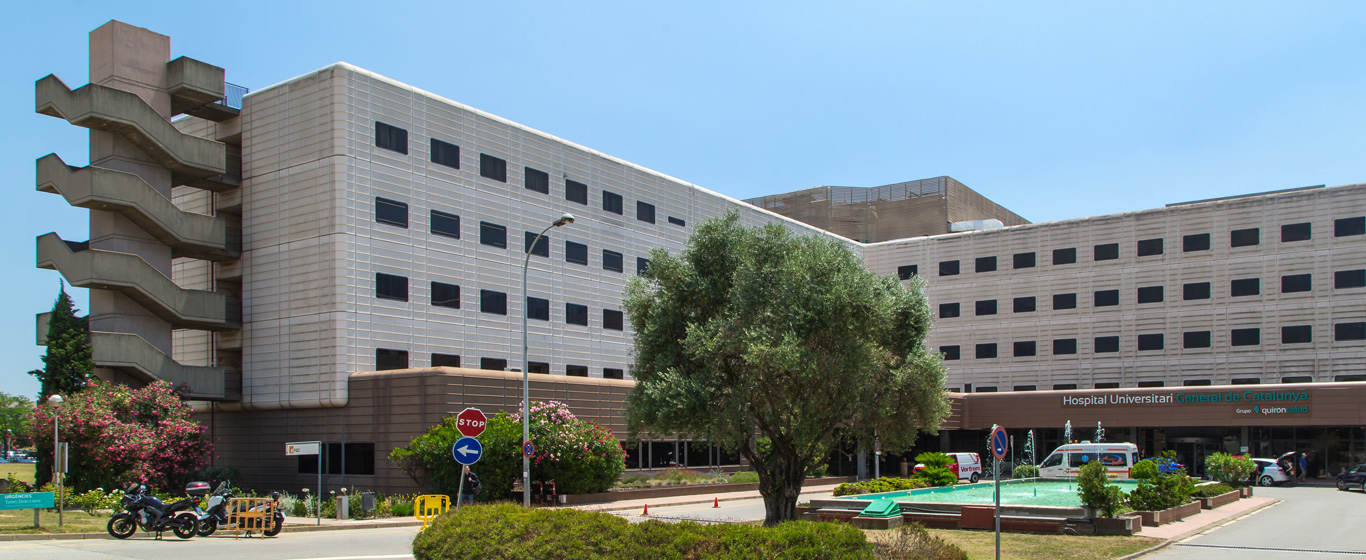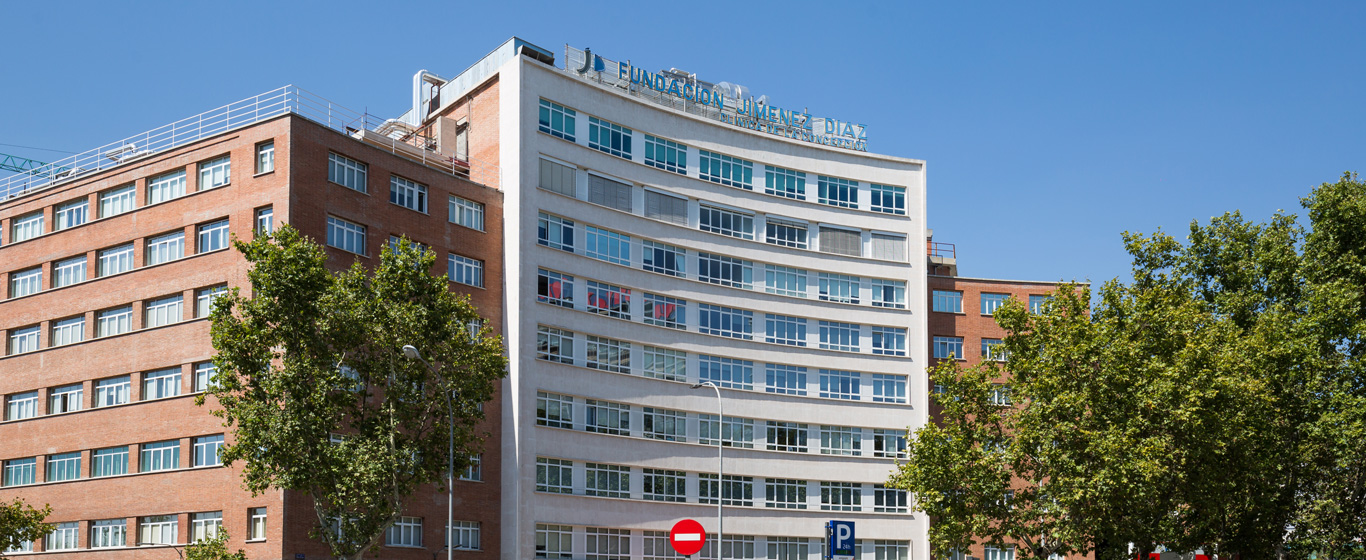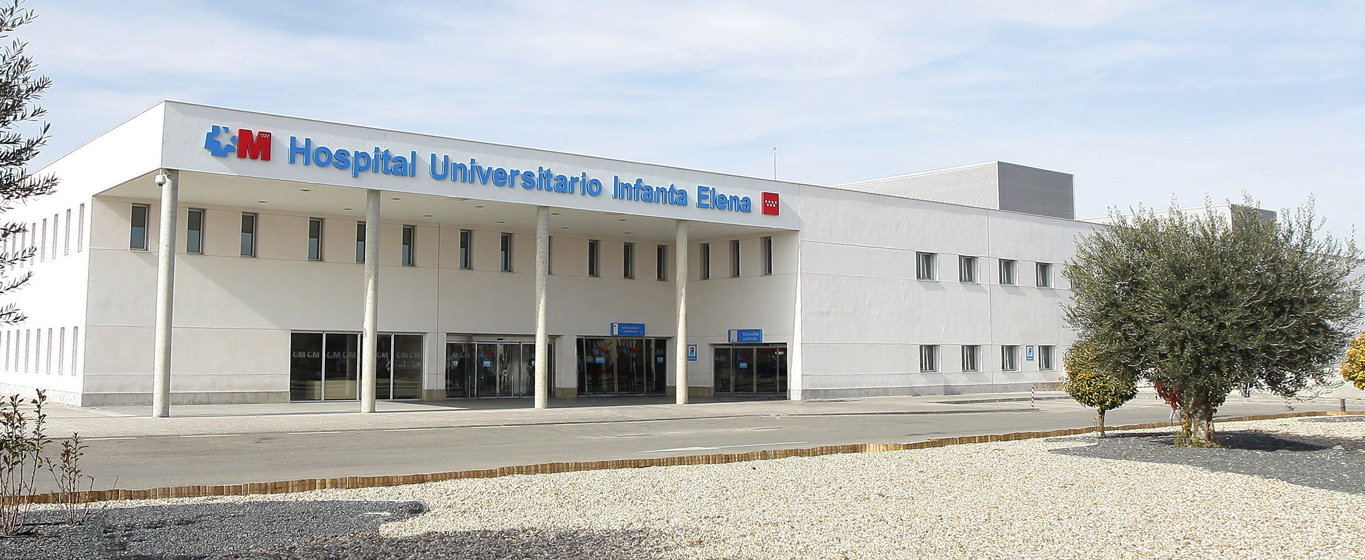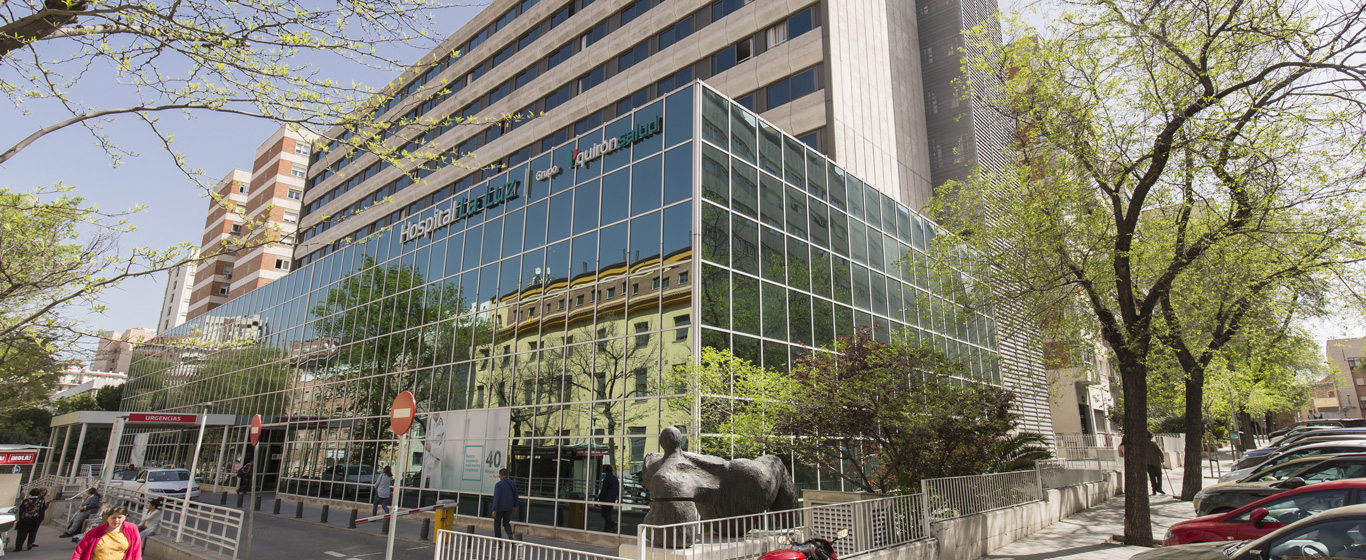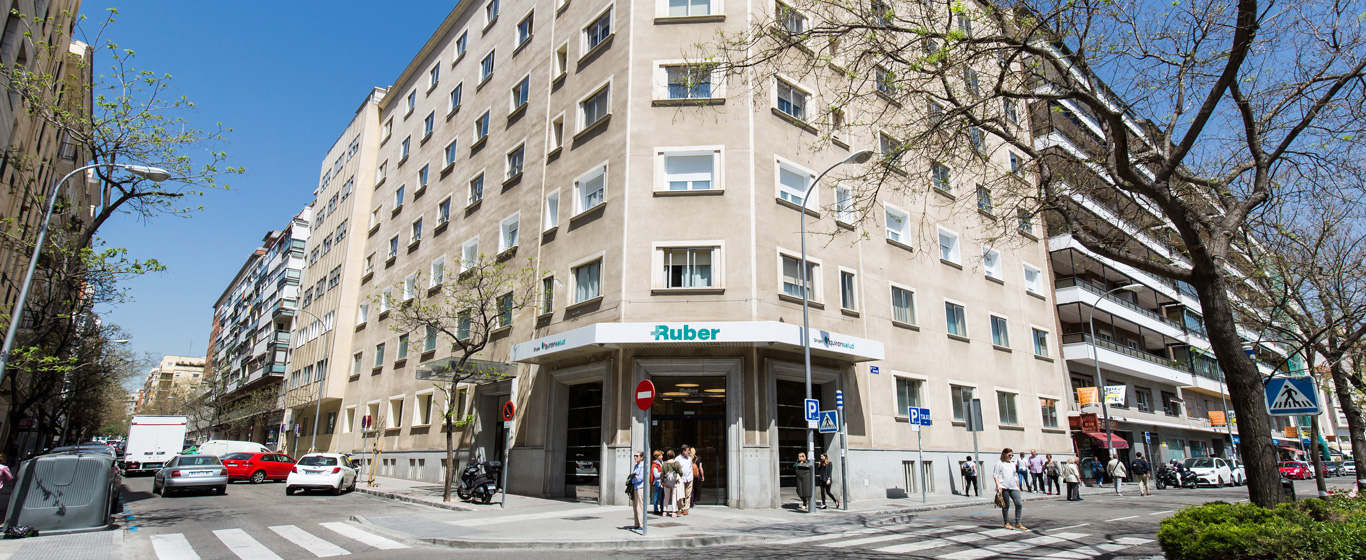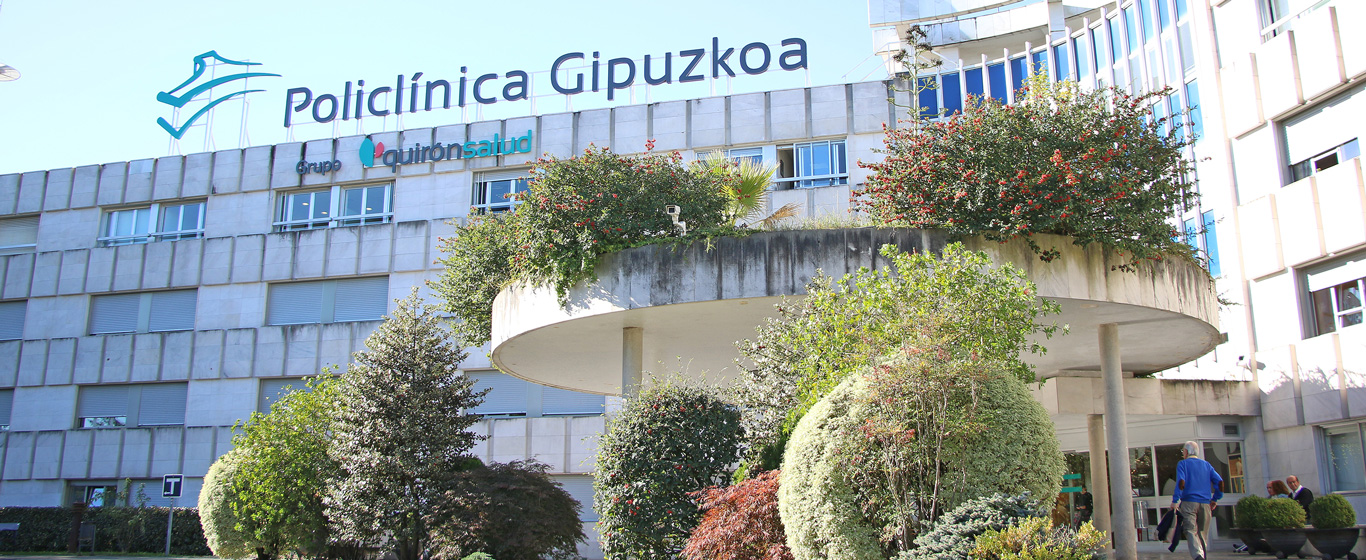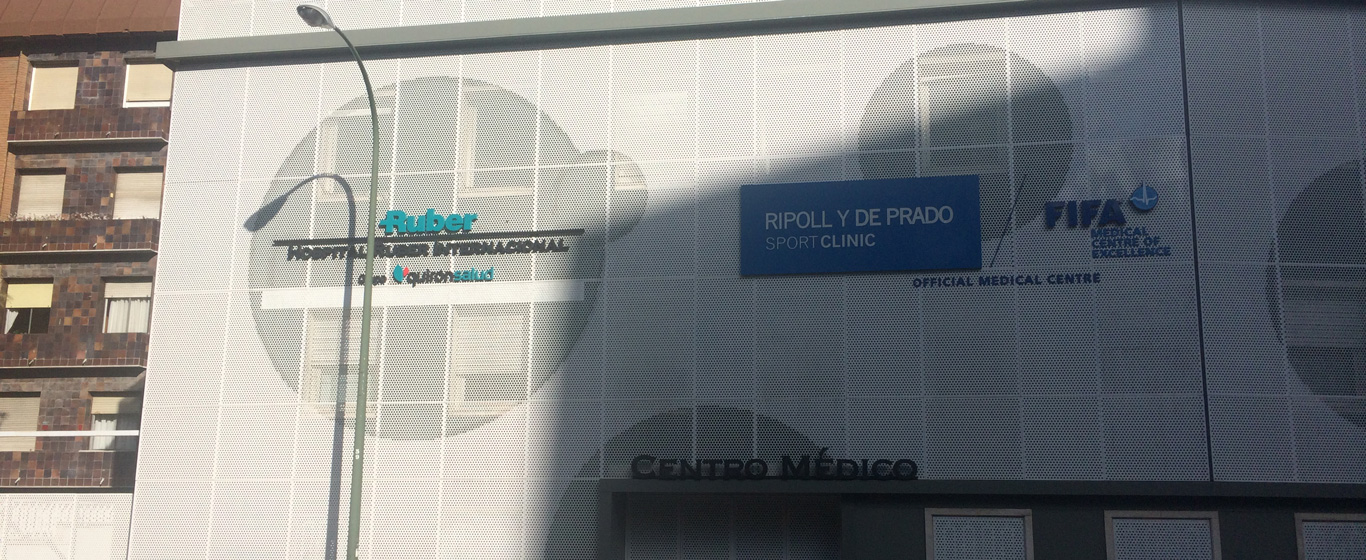Metatarsalgia
How to relieve pain in the metatarsal area? Information on the causes, symptoms, and treatments for metatarsalgia.
Symptoms and Causes
Metatarsalgia is pain that occurs in the metatarsus (the long bones forming the sole of the foot), usually accompanied by inflammation. Discomfort arises when the nerves leading to the toes are compressed.
Although it is not a serious condition, it can prevent performing daily activities normally. However, treatments are effective in relieving or at least reducing the symptoms in a short time.
Symptoms
The symptoms of metatarsalgia include:
- Pain in the front part of the sole of the foot (the pad) when walking or standing.
- Hyperkeratosis: thickening of the skin or calluses.
- Discomfort when placing weight on the foot, as if having a stone in the shoe.
Causes
Metatarsalgia can be caused by very diverse factors. This is why it is often considered more a symptom than a condition in itself. Nevertheless, this term is often used to refer to mechanical metatarsalgia.
The types of pain in the metatarsus are classified into three types based on their origin:
- Mechanical metatarsalgia: This is the most common type. It occurs due to a malfunction of the components of the foot, such as bones, muscles, tendons, or joints, which causes excess pressure on the head of the bone. It is often associated with deformities such as bunions or hammer toes.
- Compressional metatarsalgia: Caused by compression of the nerves. The most common type occurs between the third and fourth toes, known as Morton’s neuroma.
- Inflammatory metatarsalgia: Associated with foot deformities caused by certain rheumatic diseases such as arthritis or lupus erythematosus.
Obesity and the use of improper footwear, such as high heels or narrow shoes, can also lead to pain in the sole of the foot.
Risk Factors
Some factors that increase the risk of developing metatarsalgia include:
- Engaging in high-impact sports, such as running or jumping.
- Having any foot deformity.
- Suffering from gout or arthritis.
- Being overweight.
- Wearing high-heeled shoes or boots with heels.
Complications
When metatarsalgia is not treated, it can cause limping or pain in other parts of the body, such as the back or hip.
Prevention
Although pain in the metatarsal area cannot always be prevented, it can sometimes be avoided by following these recommendations:
- Wear flat shoes that fit properly.
- Maintain a healthy weight.
- Avoid high-impact sports.
- Stretch after exercise.
- Adjust your walking style to meet the anatomical needs of the foot.
- Strengthen the muscles.
Which doctor treats metatarsalgia?
Specialists in traumatology are responsible for diagnosing metatarsalgia. Treatment also involves physiotherapy specialists.
Diagnosis
Metatarsalgia has a clinical diagnosis based on the patient’s medical history and lifestyle. To rule out other conditions, imaging tests are used to observe the state of the foot.
Treatment
In most cases, conservative treatment is sufficient to alleviate metatarsalgia pain:
- Relative rest.
- Ice application.
- Losing weight.
- Following a healthy diet.
When symptoms do not subside, specialists opt for alternative approaches, such as:
- Customized insoles to correct foot support.
- Oral medication to relieve pain and reduce swelling.
- Topical medication: massages with anti-inflammatory cream.
- Injections to relieve pain.
- Physiotherapy to strengthen muscles and alleviate tension.
- Radiofrequency or ultrasound therapy to repair muscle injury.
- Surgery to correct deformities.






